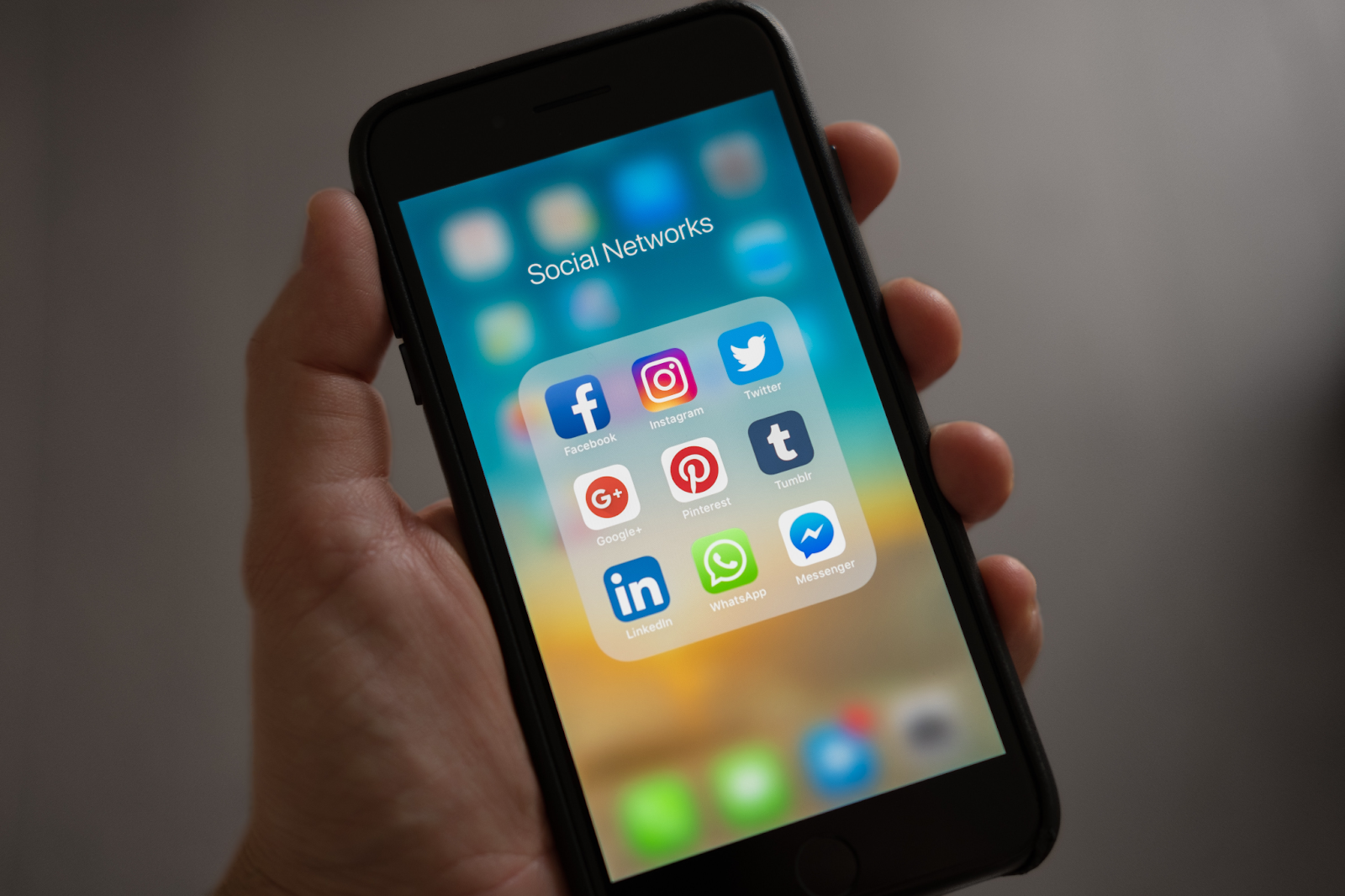“Deliverables” is a term often used in the professional sphere. Even new employees in the onboarding phase may hear this it. If you’re not familiar with what a deliverable is, it can be a little confusing to suddenly have this term thrown around as part of everyday work vocabulary. A deliverable is an end product or good that can be given, or delivered, to a client or manager. This end product can be tangible or digital. The way that you interact with and contribute to deliverables will depend on your role at the company, as well as company processes.
Objectives vs. Deliverables
Objectives and deliverables can seem very similar, especially if you’re working with digital goals. However, these two things describe different processes, as well as serve different purposes. It’s important to know the difference between these two items for your workflow, as well as to keep confusion to a minimum.
An objective is a goal or milestone that you want to reach. An objective can involve deliverables or can deal with things like metrics or conversions. Objectives are typically internal, meaning that they are for the benefit and growth of the company, rather than in service to a client.
As mentioned, a deliverable is a product or service delivered. It can be internal or external, though this term is typically used for external client-facing items. A deliverable might be included in certain objectives, however, it can’t be the only facet of an objective.
Identifying and Managing Deliverables
Both management and employees need to know how to identify and manage deliverables. For management, this is important when assigning work, setting deadlines, and creating a campaign or contract. For employees, this is important for prioritization, resource identification, and time management.
Proper management of project deliverables can increase the efficiency of workflow and employee productivity. An easy and common way to assess individual efficiency is to compare work schedules to the number or rate of deliverables completed, showing exactly how long it takes to get things done. With precision time tracking software, seeing how effectively team members spend their time becomes insightful in terms of both productivity, and the cost of different deliverables.
Identifying deliverables is fairly easy once you understand the meaning. The exchangeable item in your workflow is most likely your deliverable. Managing deliverables takes a little more skill. You can ask yourself a few questions when managing deliverables, including:
- How soon is the project deliverable expected?
- How many deliverables are in this contract?
- How much time will each deliverable take to complete?
All of these questions can help you identify your timeline for the whole project, set deadlines, and prioritize which project deliverable to work on first. As a manager, it’s also important to take into account your relationship with the client. Long-term clients may be more flexible with deadlines if you find you need more time. Similarly, clients with outstanding invoices might be less of a priority than new clients or clients in good standing.

Types of Deliverables
There are several different types of deliverables in project management. A deliverable can be a tangible product - a document, an item, or a service - but it can also be intangible. A digital product, such as an image or piece of code can be a deliverable. Plans can also be a deliverable. Creating a budget, schedule, or content plan is a type of strategic project deliverable. Internal, external, and strategic deliverables are the most common types of deliverables.
Internal Deliverables
Internal deliverables are non-client-facing documents or products. An example of an internal deliverable would be a report to another department. This is an exchangeable document that may be part of a campaign or an objective but isn’t for the client. Internal deliverables can come in many shapes and sizes depending on the industry you work in, and the expectations of your job and management.
External Deliverables
An external deliverable is a client-facing document or product. This is classically the definition of deliverable — an exchangeable good to the client. This can be a service, physical products, or digital goods. External deliverables are typically the highest priority for a company, as these are what makes the company money. Because of this, they may go through more quality-assurance processes and have more strict deadlines. An example of an external deliverable could be food from a catering company for an event or a logo package from a graphic designer.
Strategic Deliverables
Strategic deliverables are slightly different from both the deliverables described above. While they follow the same definition, they are focused less on physical services and goods and more on finalized plans. A strategic deliverable could be internal or external. An example of a strategic deliverable could be a budget for the next fiscal year or a campaign plan from a marketing company. Strategic deliverables can be simply the plan, or they can include the execution and monitoring of the plan.
For many companies, deliverables are their lifeblood. They are what make the company profitable, as well as keep it running smoothly. As an employee, you should have a firm grasp on how deliverables are handled within your company and try to stay on top of any process changes to ensure the highest quality possible.

Dealing with Deliverables Effectively
There are many different ways to manage deliverables effectively, but here are five of the most important.
1. Define the deliverables early on in the project.
The first step to managing deliverables effectively is to define them clearly at the start of the project. This means that everyone involved in the project knows what is expected of them and can plan accordingly.
2. Create a schedule for each deliverable.
Once you have defined the deliverables, you need to create a schedule for each one. This will help you to track progress and ensure that each deliverable is delivered on time.
3. Assign responsibility for each deliverable.
Another important step in managing deliverables effectively is to assign responsibility for each one. This will ensure that there is someone accountable for ensuring that the deliverable is met.
4. Regularly review the status of each deliverable.
It’s also important to regularly review the status of each deliverable. This will help you to identify any potential problems and take corrective action if necessary.
5. Communicate with all stakeholders regularly.
Finally, it’s important to communicate with all stakeholders regularly throughout the project. This is so everyone is aware of the deliverables and their status, and can provide input if necessary.
By following these five steps, you can be sure that your project deliverables are managed effectively and that the project is completed successfully.

Top 10 Software to Manage Deliverables:
Software can be an excellent way to maximize your effectiveness when delivering projects. As well crucial time-management software as mentioned above, consider the following pieces of software to help you out:
1. JIRA: this software is used to track and manage project deliverables for both agile and non-agile projects. It includes features such as issue tracking, workflow management, reporting, and more.
2. Wrike: this is designed specifically for managing project deliverables. It has task and subtask management, Gantt charts and file sharing.
3. Trello: this software is a popular Kanban board tool that can be used to track project deliverables. It includes card and board views, drag-and-drop functionality, and more.
4. Asana: this is another popular tool for managing project deliverables. It has a number of very useful tools — such as task management, Gantt charts and file sharing.
5. Smartsheet: this is a spreadsheet-based piece of software that can be used to track project deliverables. It has real-time collaboration and automatic calculation features.
6. Basecamp: this software is designed for project management and includes features such as to-do lists, file sharing and message boards.
7. Microsoft Project: this application is a popular tool for managing project deliverables. It includes features such as task management, Gantt charts, resource allocation, and more.
8. Podio: this software is a flexible platform that can be used for managing project deliverables. It includes features such as custom fields and workflow management.
9. Clarizen: this software is designed for managing complex projects and has resource management, Gantt charts and reporting.
10. Zoho Projects: this is another popular tool for managing project deliverables. It includes features such as task management, time tracking, file sharing, and more.

How do Industry Leaders Manage Their Deliverables?
Industry leaders have a clear understanding of what their project deliverables are and use this knowledge to inform their decisions throughout the project. This ensures that they remain focused on delivering value to their clients or sponsors.
Take the following 10 companies for example. Let’s understand how they handle deliverables, what makes their deliverables unique, and draw inspiration from it:
1. Google
The search engine giant is well-known for its innovative products and services. Its deliverables are often unique and complex, such as the development of a new algorithm or the launch of a new service.
To ensure that its deliverables meet the high standards set by its users, Google rigorously tests each one before release.
For example, when launching a new feature or product, Google runs extensive A/B tests to compare the new version with the previous one.
2. Amazon
The online retailer is another company that is known for its revolutionary products and services. Its deliverables include items such as the Kindle e-reader and the Amazon Prime delivery service.
Amazon puts a lot of focus on the customer experience when delivering its products and services. When launching a new product, Amazon ensures that it is easy to use and provides good value for money.
3. Apple
The technology company is renowned for its sleek and user-friendly products — with its deliverables including popular items such as the iPhone and the iPad.
Apple emphasises design when creating its deliverables. Every product is carefully crafted with the user experience in mind. In fact Apple’s products themselves are easy to use and have a minimalist design.
4. Facebook
The social media platform is used by billions of people around the world. Its deliverables are unique from the hardware companies as they do not product actual ‘products’.
Their deliverables are services and features such as the News Feed and the ability to share photos and videos.
Facebook is constantly innovating its products and services. It recently introduced a new feature called “Stories” which allows users to share short-form videos.
5. Microsoft
The software company is one of the largest in the world. Its products include Windows and Office.
Microsoft puts a lot of effort into ensuring that its products are compatible with a wide range of devices and software.
For example, Windows 10 is designed to work with a variety of different hardware and software. That’s what makes their deliverables stand out from the competition.
6. IBM
The technology company is a leader in artificial intelligence and cloud computing.
IBM invests heavily in research and development to create innovative new products. For example, Watson is an AI system that can learn and provide insights from data.
7. Twitter
The social media platform is used by millions of people around the world. Its deliverables include features such as the timeline and the ability to tweet messages.
It recently introduced a new feature called “ Moments” which allows users to curate tweets around a certain topic.
8. Airbnb
The online platform connects people who need a place to stay with people who have an extra room. Its deliverables include rooms that are listed on the site.
Airbnb takes care to ensure that its deliverables meet the needs of its users. For example, all of the rooms listed on the site are verified by Airbnb staff to ensure they are safe and clean.
9. Pinterest
The online platform is used by millions for inspiration. Its deliverables include pins, which are images that users can save and share.
Pinterest is constantly innovating its products and services. It recently introduced a new feature called “ Lens” which allows users to take a photo of an object and search for similar items on Pinterest.
10. Snapchat
The social media platform has deliverables that include snaps, which are photos or videos that disappear after being viewed.
They recently introduced a new feature called “ Stories” which allows users to share snaps that can be viewed for 24 hours.

Project Deliverables Checklist
Whether you are running a small project or a large program, there are certain deliverables that you will need to produce in order to successfully complete your project. Here is a checklist of the key deliverables that you should include in your project:
- Project Charter: The project charter is the document that formally kicks off the project and assigns roles and responsibilities.
- Requirements Document: The requirements document defines what the final product or service will do and how it will meet the needs of the customer or stakeholder.
- Project Plan: The project plan is a high-level overview of all the tasks that need to be completed in order to deliver the project successfully.
- Work Breakdown Structure (WBS): The WBS is a tool that breaks down the project into smaller, more manageable pieces.
- Gantt Chart: The Gantt chart is a visual representation of the project schedule that shows when each task is scheduled to be completed.
- Risk Management Plan: The risk management plan identifies and assesses the risks associated with the project and outlines mitigation strategies.
- Change Control Plan: The change control plan sets out the process for managing changes to the project scope, schedule, and budget.
- Communications Plan: The communications plan defines how information will be distributed to stakeholders throughout the duration of the project.
- Test Plan: The test plan outlines the approach that will be taken to testing the functionality of the final product or service.
- Acceptance Criteria: The acceptance criteria define what must be met in order for the project to be considered a success.
- Lessons Learned: The lessons learned document captures the successes and challenges of the project and can be used to improve future projects.

Final Thoughts
Projects deliverables are (obviously!) a crucial part of any project. Ensuring you understand what they are, how to deliver them effectively, and what the key project deliverables are — you will be good to go. Best of luck!
